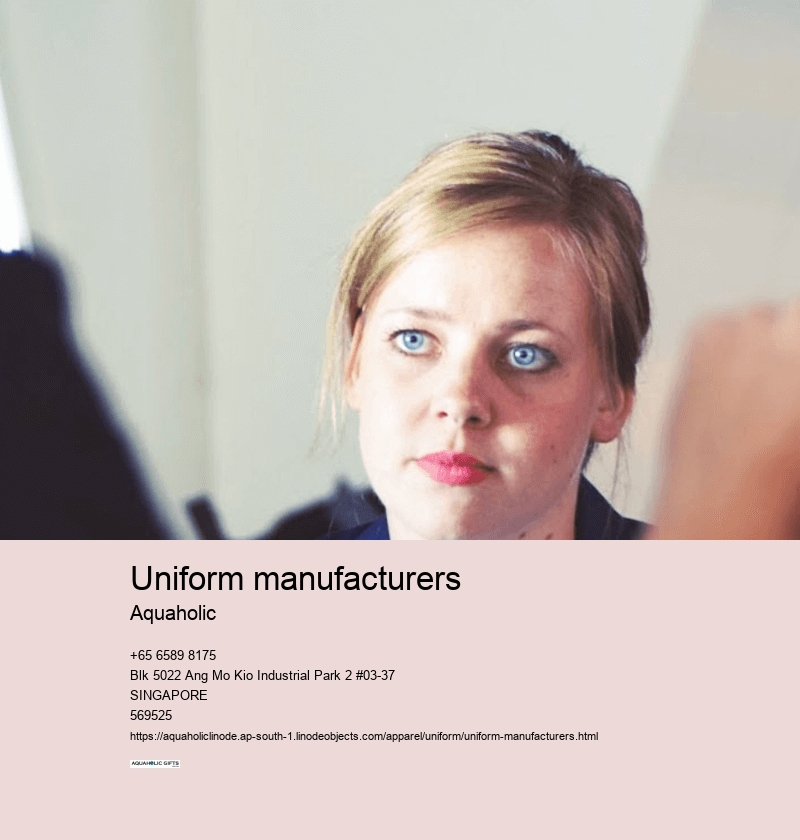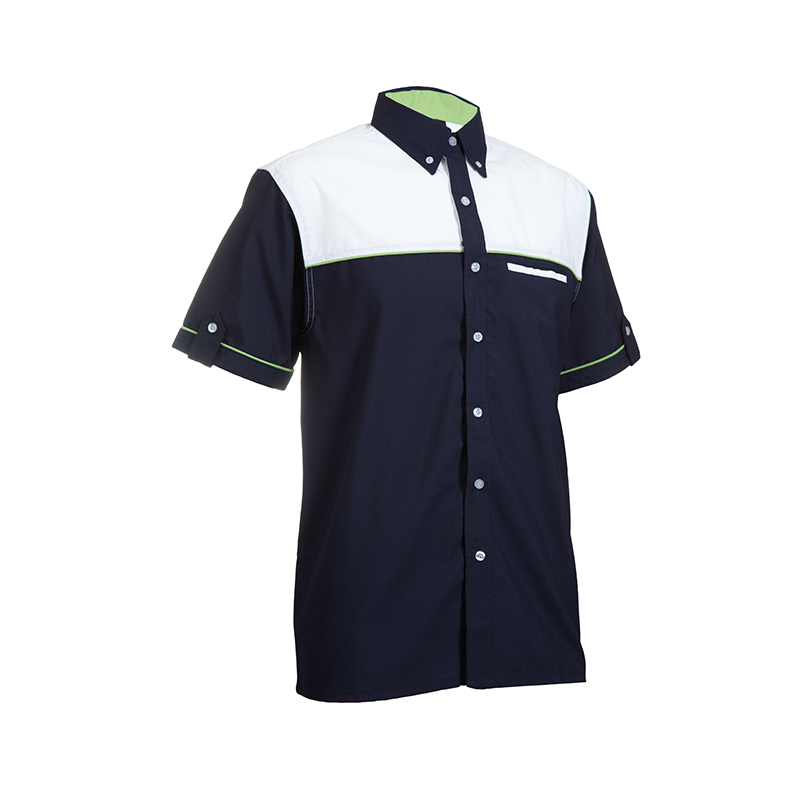uniform manufacturers
sports uniforms
They ensure that the uniform remains a reliable vessel for your brand’s voyage. Classic, bold, understated, or modern? The fabric of your corporate wear plays a monumental role in this decision.
Imagine going to work for a whole day's work but the uniform you're wearing is uncomfortable, tight, or not fitting properly. The choice of colors can influence the comfort level of the uniform, especially when exposed to different weather conditions.
When the environment screams sophistication and authority, wool and cotton suits often stand unbeaten. Customization transforms the mundane into something that carries the essence of your brand and the individuality of the person wearing it.
Imagine wrapping yourself in warmth during the cold, harsh winter months. Don't forget about the feet!



